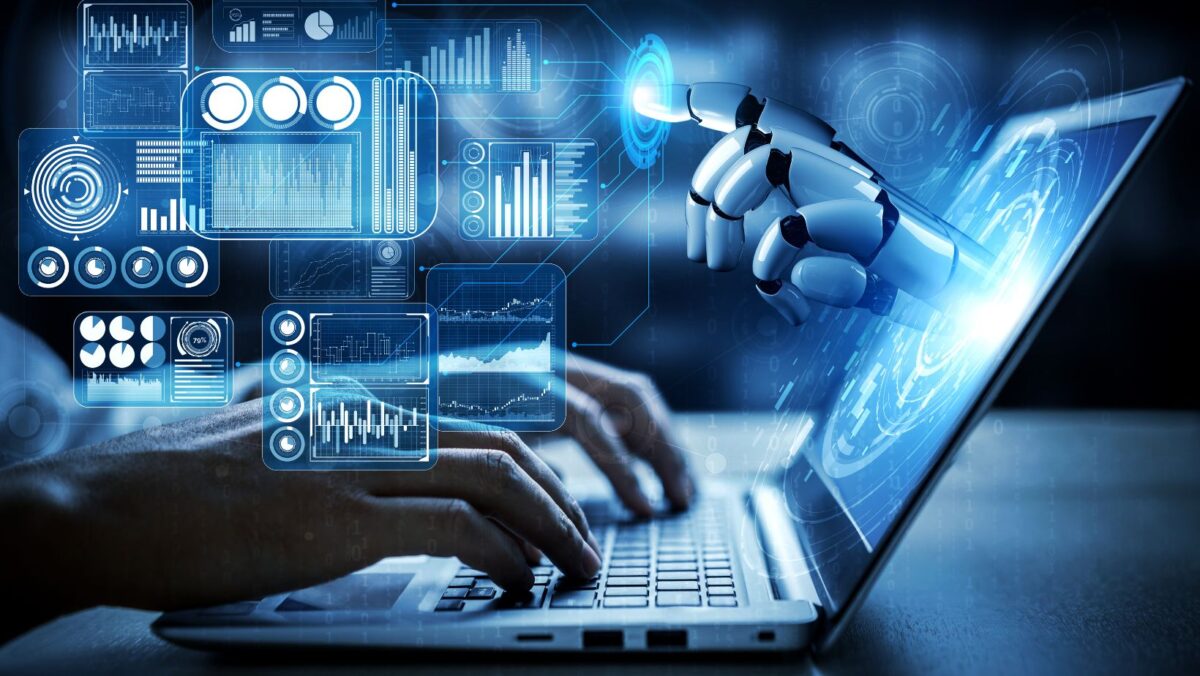What Does the Prototype Look Like
What does the prototype look like? It’s a question that often arises when discussing product development. As an expert in the field, I’ve had my fair share of experiences with prototypes, and I understand the curiosity surrounding their appearance. When it comes to prototypes, there is no one-size-fits-all answer. The appearance of a prototype can vary greatly depending on its purpose and stage of development.
In the early stages, a prototype may take the form of rough sketches or simple 3D models made from inexpensive materials such as foam or cardboard. These rudimentary representations allow designers and engineers to quickly iterate and test different concepts without investing significant time or resources. As the design progresses, prototypes become more refined, resembling the final product in terms of shape and functionality.
It’s important to note that not all prototypes are physical objects. In some cases, digital prototypes are created using specialized software to simulate user interactions and test functionality before moving on to physical production. These digital representations provide invaluable insights into user experience and can help identify potential issues early in the development process.
In conclusion, the appearance of a prototype varies depending on its purpose and stage of development. From rough sketches to intricate 3D models or even digital simulations, each iteration serves its own unique role in bringing a product idea closer to reality. So next time you wonder what a prototype looks like, remember that it’s not just about aesthetics but also about testing ideas and refining designs along the way.

The Importance of Prototypes
When it comes to product development, prototypes play a crucial role. They serve as tangible representations of ideas, allowing designers and engineers to test and refine their concepts before finalizing the product. Here are a few reasons why prototypes are so important:
- Visualizing Ideas: Prototypes bring abstract ideas to life. They provide a physical representation that allows stakeholders to visualize the design and functionality of a product. This visual aspect helps in gathering feedback early on, making it easier to identify potential improvements or necessary changes.
- Testing Functionality: Prototypes allow for hands-on testing of the product’s functionality and performance. By creating a prototype, you can identify any flaws or limitations in the design early in the development process. This helps save time and resources by avoiding costly mistakes during later stages.
- Iterative Design Process: The iterative nature of prototyping enables designers to refine their ideas through multiple iterations. Each prototype iteration provides valuable insights and learnings, helping designers make informed decisions about enhancements or modifications needed for optimal performance.
- User Feedback: Prototypes also enable user testing, providing an opportunity to gather feedback from potential users or customers before mass production begins. Incorporating user feedback at an early stage ensures that the final product meets their needs and expectations, leading to higher customer satisfaction.
- Cost-Effective Solutions: Identifying design flaws or functional issues at the prototype stage is far less expensive than making changes once production has started. Through rapid prototyping techniques, such as 3D printing, designers can quickly create low-cost prototypes that help them validate their ideas without breaking the bank.
In conclusion, prototypes are essential tools in the product development process due to their ability to visualize ideas, test functionality, support iterative design processes, gather user feedback, and offer cost-effective solutions for refining products before they hit the market.

